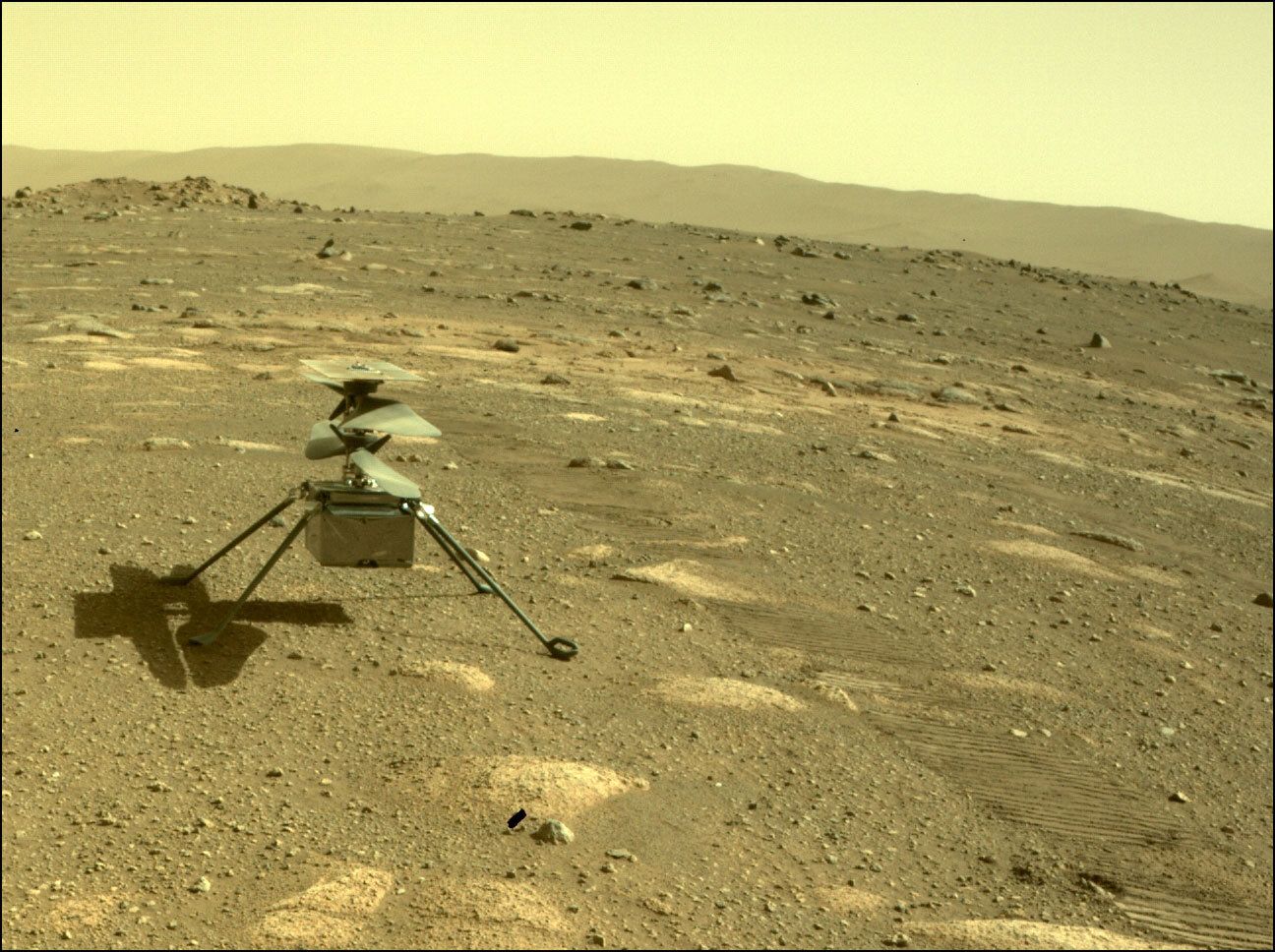NASA’s Perseverance rover and Ingenuity chopper celebrated their 1,000th sol on Mars. They continue their journey by exploring the mysterious Jezero Crater and its geological history.

Exploring Jezero’s Ancient River Delta and Collecting Vital Samples for Mars Sample Return
The robotic duo just completed a detailed exploration of Jezero’s ancient river delta, finding evidence of thousands of years of flowing water. Perseverance helps NASA/ESA’s Mars Sample Return mission by collecting Martian rocks, surface components, and distinctive characteristics.
The samples from “Lefroy Bay” included high amounts of fine-grained silica, which preserves fossils. “Otis Peak,” another sample, contains phosphate, which sustains life, and carbonate, which preserves the environment. Mars’ geological past is shown by these findings.
Since its delta suggests a lake, Jezero Crater was chosen for landing. Perseverance revealed the crater’s creation from an asteroid collision over four billion years ago and helped explain Jezero’s rivers, lakes, and environmental variations.
READ ALSO: ISS Roundup: 25 year anniversary, spacewalks, cargo arrivals and departures
Unraveling Mars’ Geological Mysteries: Perseverance’s Surprising Finds in Jezero Crater
Despite previous hypotheses, scientists found an igneous rock in Jezero’s crater bottom, generated by volcanic activity or magma. Perseverance discovered sandstone and mudstone strata that showed rivers formed a few hundred million years after the asteroid impact.
Next, the crew investigates Jezero’s margin, near the canyon entrance where a river may have flooded the crater floor. The crater margin has carbonate-rich deposits, opening new exploration opportunities.
Perseverance’s samples will be returned to Earth via the Mars Sample Return mission for further study using upgraded instruments. As the year ends, the mission’s accomplishment shows how Perseverance and Ingenuity help us comprehend Mars’ history and habitability. As the robotic couple enters unexplored Martian territory for their fourth science campaign, further discoveries are expected.




